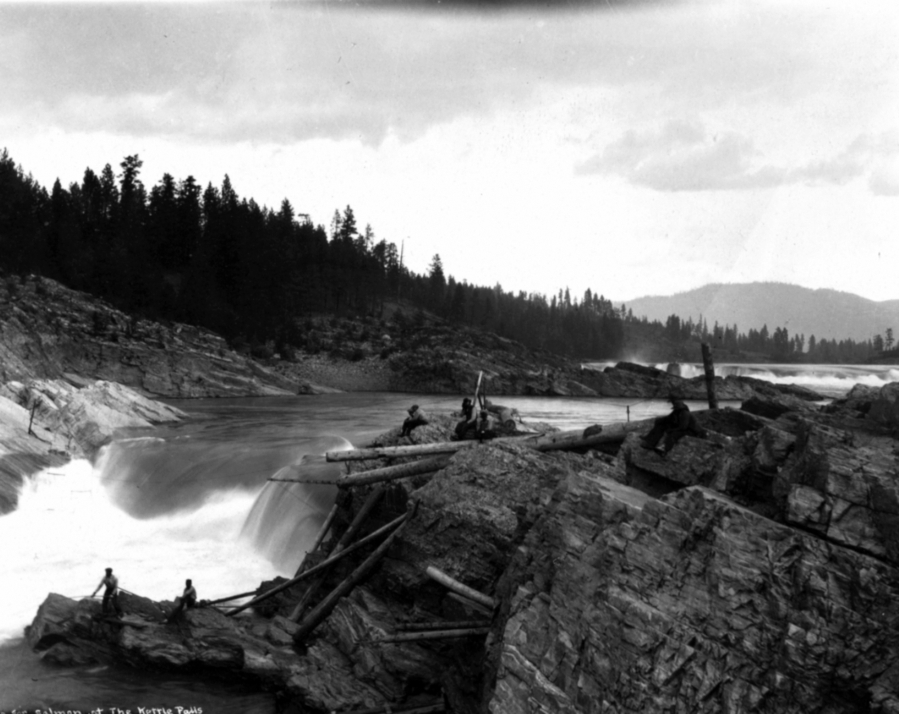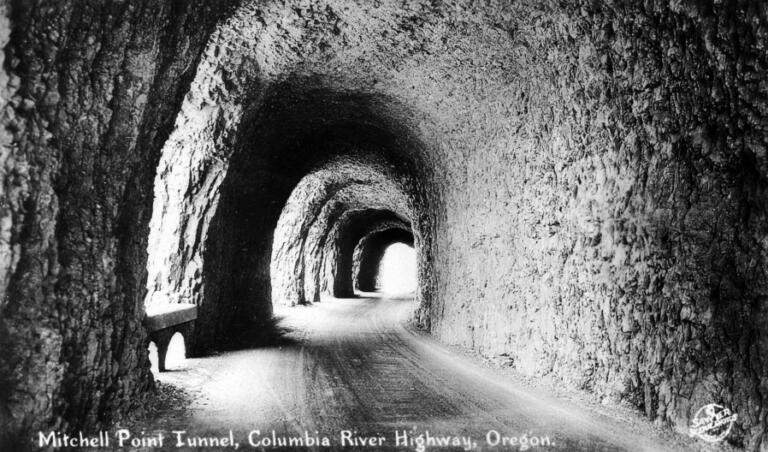“Good Night Stories for Rebel Girls: 100 Real-Life Tales of Black Girl Magic”:Continuing the bestselling series of inspirational books for girls, this volume focuses on Black women who made a difference — from author to astronaut, from soul singer to vice president of the United States. Vancouver children’s author Sonja Thomas is a contributing writer. (Thomas’ first young adult novel, “Sir Fig Newton and the Science of Persistence,” will see publication in spring 2022.)
“I Speak Boy” and “Suns Will Rise”: Prolific Vancouver author Jessica Brody has two new books out. In “I Speak Boy,” a 12-year-old girl who finds boys interesting but utterly unintelligible discovers a phone app that tells her what they’re really thinking. And in “Suns Will Rise,” Brody and co-author Joanne Rendell add the third installment to their intergalactic System Divine sci-fi series, a tale of rebellion and revolution that’s been described as “Les Miserables meets Star Wars.”
“Welcome to Mexico with Sesame Street” and “Reptile Colors”: Writing dialogue for the likes of Big Bird and Grover is a special joy for Vintage staffer Christy Peterson, who contracts with publishers of education-market picture books. “Welcome to Mexico” is an elementary introduction to culture, food, climate and nature south of the border. Crayola’s “Reptile Colors” introduces kids to chameleons, snakes and other creatures whose hues keep us guessing.
“Columbia River Gorge & Mount Hood”: Matt Wastradowski, a former staffer for The Columbian, wrote this guide to traveling, sightseeing, hiking, camping, dining and wine tasting.
“Little Feet Hiking,” “Little Feet Hiking II,” “Little Feet Hiking: Mt. Hood”: Outdoor educator, hike leader and backpacker Jessica Becker doesn’t like leaving children behind when she hits the great outdoors, so she self-published this series of guides. Many hiking books add afterthoughts about including kids, but Becker’s books make them the central focus. The books include trail descriptions and ways to engage kids along the way.
“The Charm Offensive”: Alison Cochrun, a teacher at Mountain View High School in Vancouver, wrote this romantic comedy about gay men and mental health. “It has a very positive approach to mental health in general,” Peterson said. “It normalizes the idea that we all need help and we all need love.”
“Nothing Hidden Ever Stays”: This gothic mystery by H.R. Mason features premonitions, ghosts and the curse of a haunted Ohio house.
“The Cure for What Ales You”: This cozy mystery by Ellie Alexander (a former Vancouver writer whose popular whodunit tales always involve Pacific Northwest scenes, foods and drinks) involves a brewery in Leavenworth, a delicious new Lemon Kiss ale — and murder.
“The Pickwick Murders”: This pastiche novel is the fourth installment in Heather Redmond’s series subtitled “A Dickens of a Crime,” starring the 19th-century novelist as amateur detective. All of Redmond’s Dickens fictions pretend to reveal the hidden backstory that motivated one of the author’s masterpieces.
“Colorful Place: Mindful Story and Art for Kids”: Heather McClelland (a former Camas public school teacher) and Jocelyn Fitzgerald (a family and art therapist) collaborated on this calming journey for stressed-out kids who need to learn mindfulness.
“A Better Part of Valor”: This is the grand finale to Camas author Gary Corbin’s woman-centered police procedural series starring determined cop Valorie Dawes.
“The Three Shades of Justice”: Vancouver writer Carolyn J. Rose sets this comedic mystery in a retirement home.





